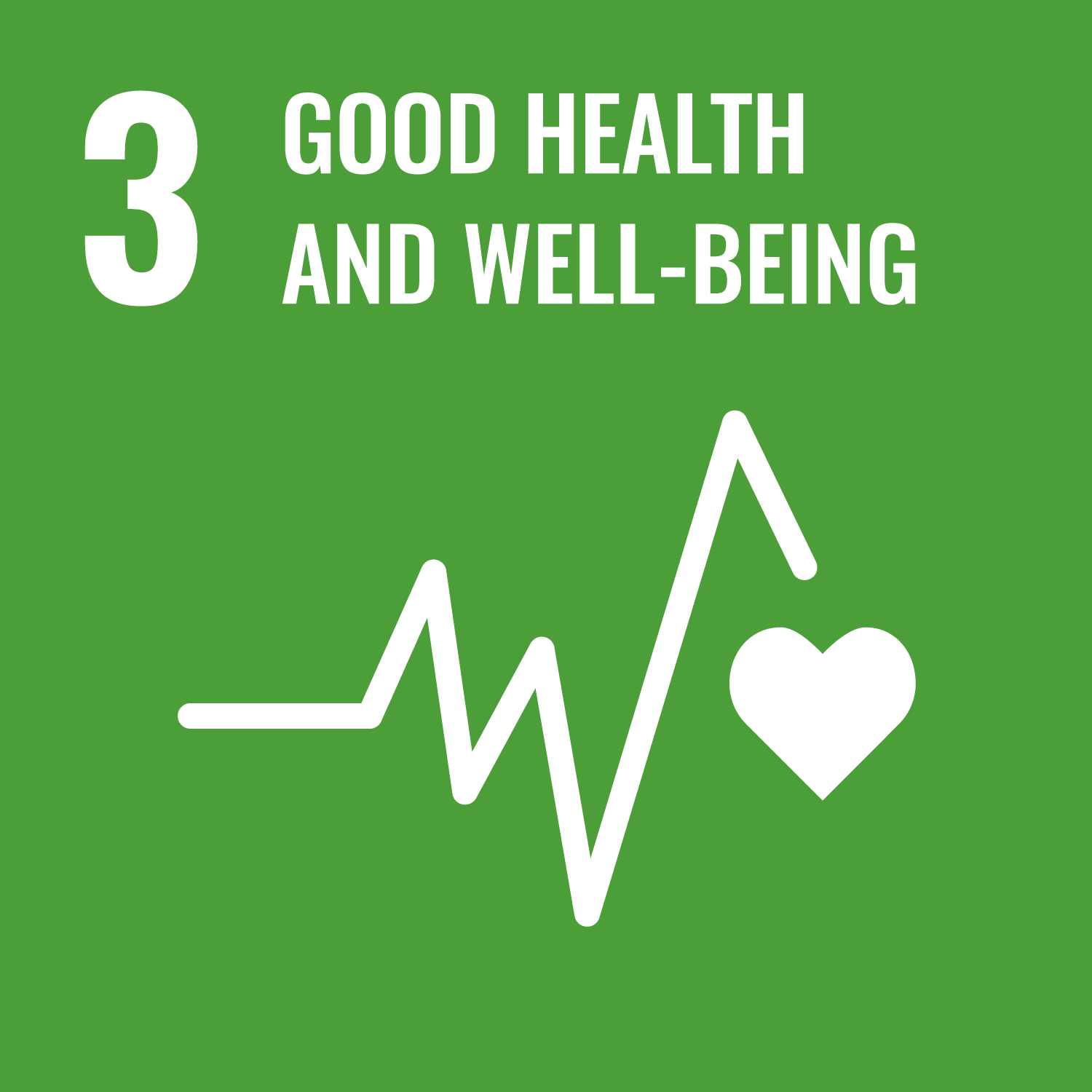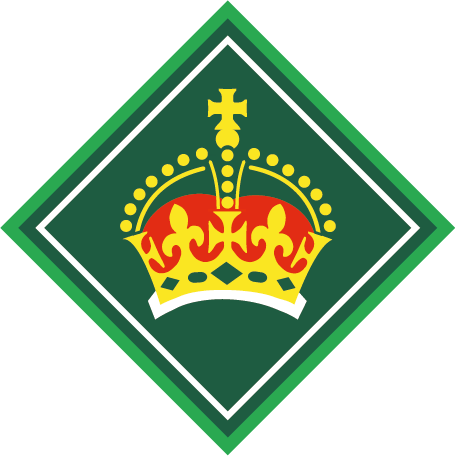
Plan a befriending day
You’ll need
- Coloured pens or pencils
- A4 paper
Before you begin
- Use the safety checklist to help you plan and risk assess your activity. Additional help to carry out your risk assessment, including examples can be found here. Don’t forget to make sure all young people and adults involved in the activity know how to take part safely.
- Make sure you’ll have enough adult helpers. You may need some parents and carers to help if you’re short on helpers.
You may want to read the National Autistic Society's advise on creating accessible environments and on sensory differences before running this session.
You can also take a look at the Scouts advice on supporting people with additional needs.
All the activities on our Scout activity finder have a 'Make it accessible' section to help make them inclusive to all.
Choose activities
- Gather everyone together in a circle.
- Tell everyone that you're going to plan a befriending day and it needs to be inclusive to everyone.
- First, think about when the befriending day will take place. Will it be on a weekday or an evening? How long will it be? A few hours or all day? Everyone should think about any barriers to people joining their meeting place – for example, if their meeting place is upstairs or a long way away from public transport, you may need to think about finding an alternative venue.
- Next, everyone should think about who will be attending your befriending day. Will it be for other Scouts, friends of the group or your local community? Will it be for adults and young people, or both?
- Now, everyone should think about what activities you will do on your day. Everyone should talk about their favourite activities, crafts, bakes and games. People should work together to come up with a list of a few possible activities. People could work in small groups and each plan an activity to run on the day. It’s a good idea to focus on simple ones – icebreakers and energisers are perfect. Why not check out the activities here for some ideas?
- Everyone should work together to think about whether people might find it difficult to access the games. They should make sure the rules are easy to understand, and think about adaptations for people with different needs. For example, could you play a game sitting down still if people find it tricky to move around, or will you have ear defenders if a game is too loud for some people?
- Remember that sometimes conditions are hidden or invisible, such as sensory differences. Talk about how can you cater for hidden disabilities. For example, is there a quiet space people can go to take a break if they get overwhelmed?
Plan the day
- Everyone should work together to create a plan for the day. What will happen when? Will there be one main activity as well as some games? Will you serve food and drinks? How long will the day be, or will it be an evening?
- You could split everyone into groups, with each group being responsible for a different part of the day.
- Create a schedule for the day. This could be a visual timetable. If this is shared with event attendees, be sure that the order is kept to.
- Everyone should think about what they’ll need to make the day happen and write a list. It might include materials for any activities, as well as refreshments.
- Everyone should work together to decide how to tell people the day is running. For example, they could make invites, create posters, contact local services, or ask to post on social media.
- Everyone should make sure to include plenty of access information when advertising the events. For example, they'll need to include whether the building is wheelchair-accessible (and if not, exactly why not), detail about the toilet facilities available, any disabled car parking, and information about public transport links. Remember, food and drinks should be labelled with dietary requirement and allergy information if provided.
- Before the day, make sure you've safely and thoroughly planned for your event. For example, ensure you have the necessary consent forms, adult to child ratios, risk assessments, any insurance, and emergency and health information for people, as needed.
- Now run your event - good luck!

This activity helps contribute towards some of the UN's Sustainable Development Goals. Find out more about the SDGs, and how Scouts across the world are getting involved.


Reflection
This activity gave everyone a chance to help their community. Was it super difficult to plan the day, or was it just a case of adapting and tweaking things people already do? It probably wasn’t as tricky as people were expecting, so maybe they could think about putting on befriending days again in the future. What difference could befriending days make to disabled people’s lives?
This activity also helped people to build friendships. Planning events can strengthen friendships if people communicate and work together to overcome challenges. Sometimes, disabled people face barriers in society that make it harder for them to make friends. Can anyone think of some barriers? People might think about places having steps, being very noisy, or not having an accessible toilet. It’s important that inclusive and accessible spaces exist so, everyone has the chance to build friendships.
Safety
All activities must be safely managed. You must complete a thorough risk assessment and take appropriate steps to reduce risk. Use the safety checklist to help you plan and risk assess your activity. Always get approval for the activity, and have suitable supervision and an InTouch process.
If anyone’s autistic (or has a close friend or family member who is), you might want to chat to them (and perhaps a parent or carer) before you do this activity and make a few tweaks so they feel comfortable joining in.
All Scout activities should be inclusive and accessible.
Why not see if you can hold these days again? Learn from the successes and tricky bits, and plan some dates in for the future. If you didn’t have time to do everything, you can try it out next time!




